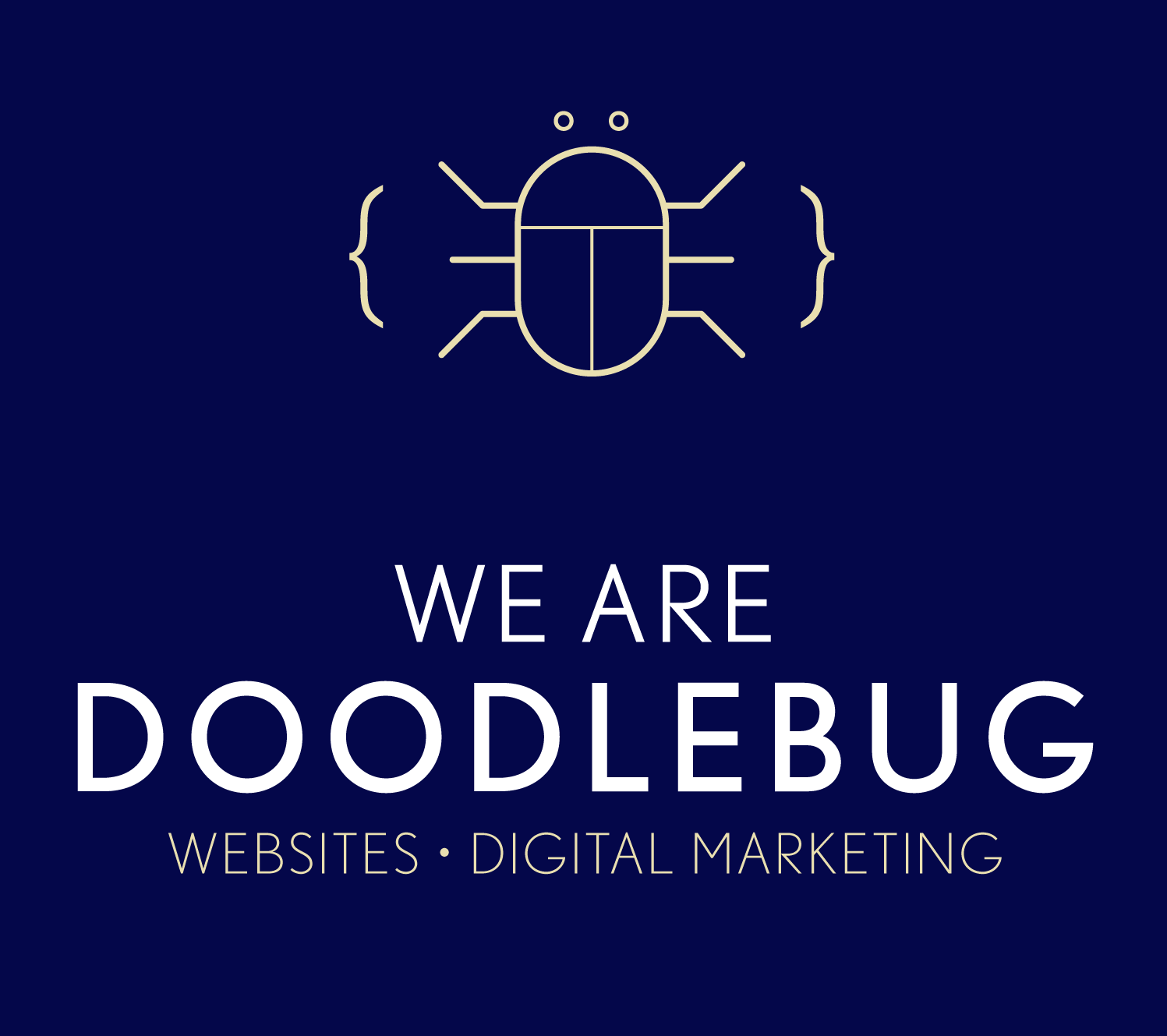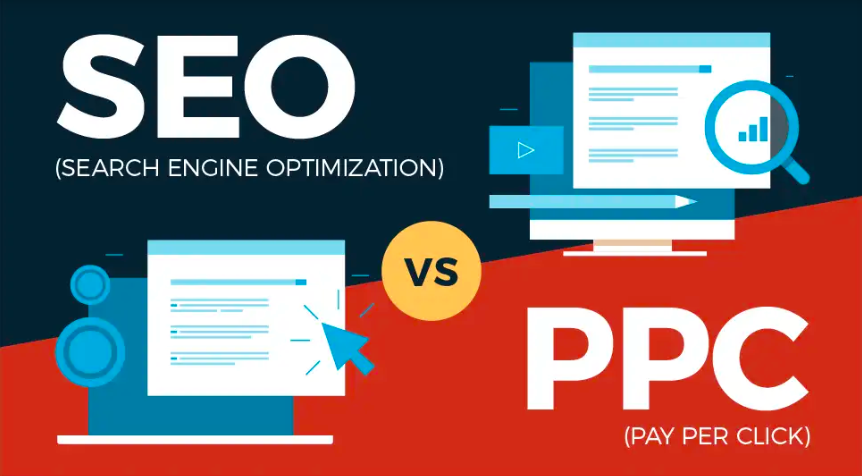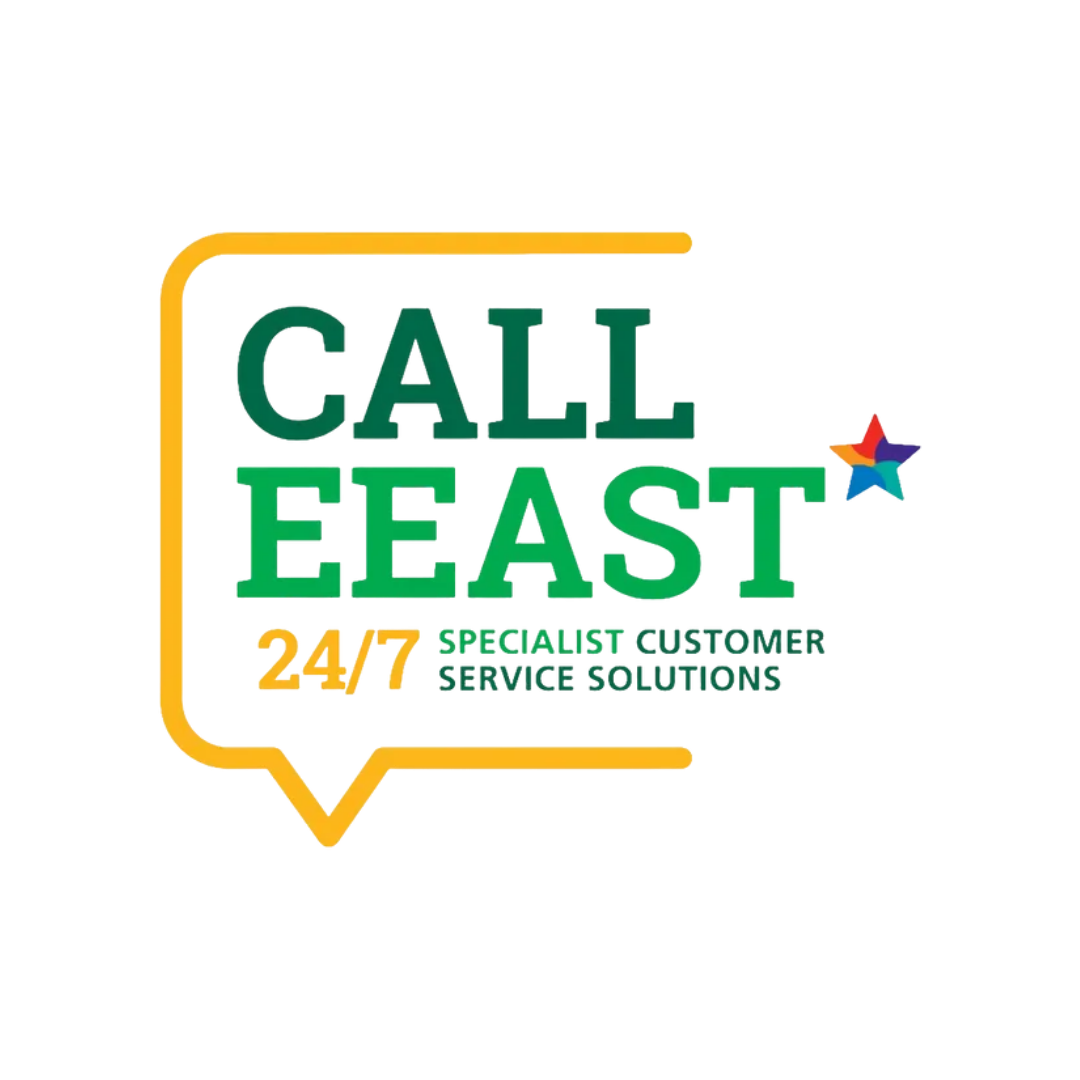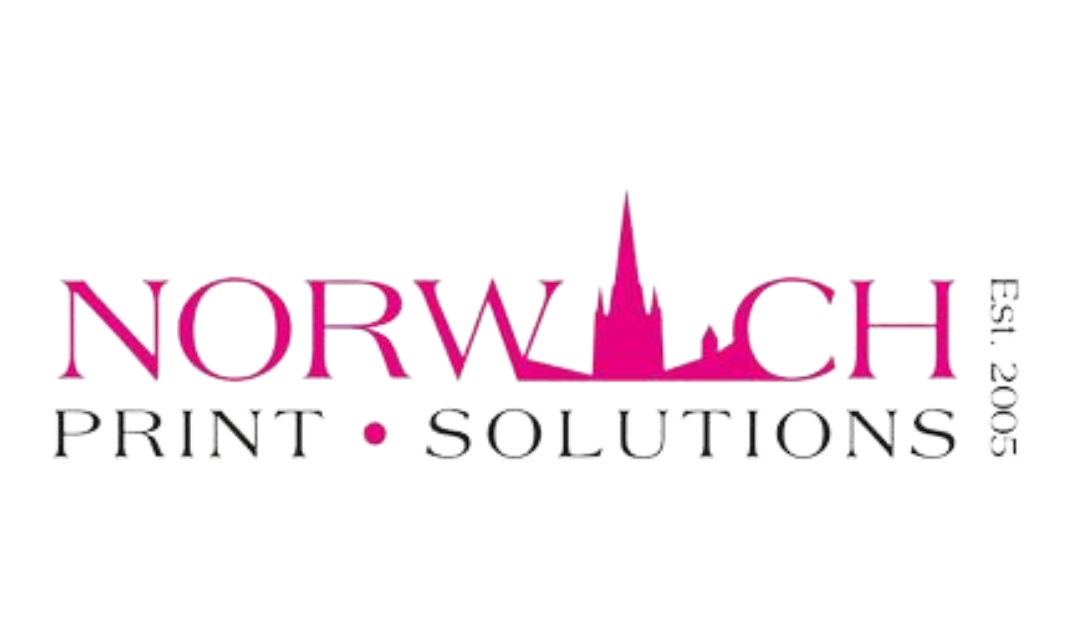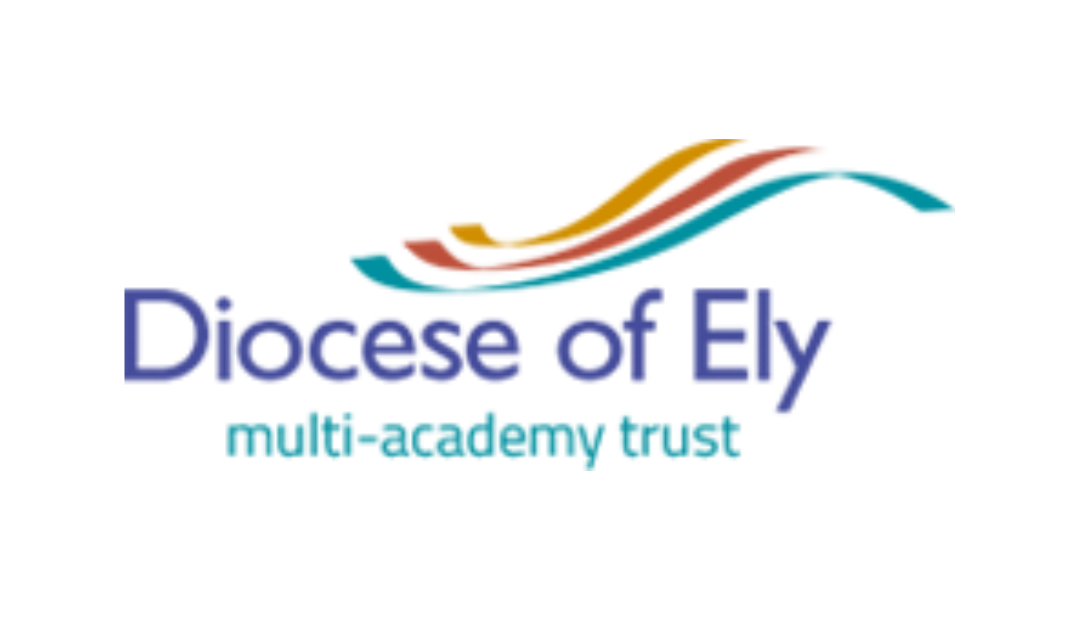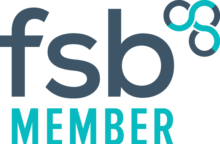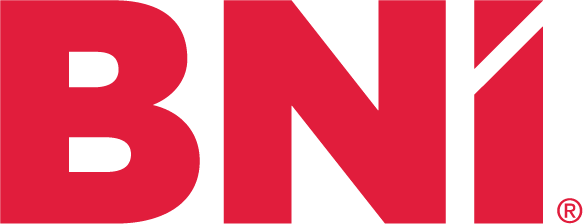Creating Clarity in Digital Transformation
Creating Clarity in Digital Transformation

Clarity First
Clarity - a loaded word!! It means different things dependent on context, interpretation and often state of mind!
Context
In the words of Donald Miller in his wonderful book - Building a Story Brand, we are all the heroes in our own story. This is not arrogance or self importance - it is a factual reality that comes from millennia of human development. Of course we are - but we forget this at our peril when we are looking to bring clarity to the situation of others.
Every person we talk to has a host of motivations and drivers that influence their decisions and the outcomes that they desire.
Here’s the problem - most individuals aren't aware of the real ones. Our job is to ascertain what they are from an outsider's perspective.
Are they worried about revenue - or is it the appreciation and status of their boss.
Are they reluctant to change processes because they have always done it that way and they have an inherent dislike of the new - or are they worried that the increased efficiencies will reduce the need for their job?
These two elements are common. Both are addressed by understanding them and negating the fear - your boss will love the outcomes because we will tailor them to their requirements, and I bet the things you are worried about giving up because you wo9uld be less vital to the company are not what you were originally employed to do.
The first step of clarity is to understand what each stakeholder needs to achieve to get a sense of reward.
Interpretation.
This can be looked at in terms of problems and solutions. Until you know what motivates the individuals involved, you can’t begin to unpick the real issues to be addressed. Once you have - you need to make sure you are dealing with the right ones!!
As Donald Rumsfeld observed about operations in Iraq back in 2002 - there is a matrix of factors we should consider:
Known knowns - we know these, either us or the client. They are clear and often documented - sometimes forming the sum total of an agency's input.
Known unknowns - Factors we know are there - but don’t understand fully. These are often an interesting study in problem solving
Unknown knowns - As a third party, we often see the individual and company in a new and interesting way - seeing ‘the wood for the trees’. Capitalising on these strengths can turbo charge a project - allowing the right people full rein and reining back the ones who maybe shouldn’t be given that freedom.
Unknown unknowns - this is where danger lies, like the monsters on a mediaeval map. We need structures to spot these as soon as possible - measuring outcomes and looking for warning signs that an unknown force is impacting on themlike knowing the Higgs boson probably exists because of the data even before it has been observed. Business processes often behave like this too.
Identification of the problems is the next step - but we don’t really want an outcome like Iraq - so what do we do when we are 80% certain we know what the problems are?
We design and build a solution. Which has two distinct parts:
- A digital element - we refer to the robots, because we enjoy personifying solutions
- A human element - which will always be interacting with the robots without you watching over them!
Often we will have a discussion roughly along these lines:
Prospect - We need an app
Doodlebug - what for?
Prospect - um… it seems like a good idea?
Obviously - that's not a direct quote but the conversation often follows that structure as a starting point.
If you are trying to get clarity yourself, this is a good way to structure your thinking:
- What is your vision for your future self?
- How will your business help you achieve that?
- What do you need to change to make this so?
- Who will be responsible for this?
- What tools will they need?
It seems obvious, but building a fancy, digital system is only worthwhile if it supports and improves a real world issue.
Brochure websites have a much bigger reach than a brochure (how big does yours need to be? Would a printed brochure do a better job?)
Remote teams need scheduling tools that work across time zones - but will Google Workspaces do the job for peanuts?
A membership site might be nice to have - but is that where you want your members to interact? - or would ‘in real life’ be better?
All of these are dependent on individual context and perspective - and more often than not a digital solution exists and will make a huge difference, but unless you question your motivations, you run the risk of the dreaded ‘white elephant’.
State of mind!
Are you - as a leader - ready for change. It is often uncomfortable but successful people are willing to do the uncomfortable for deferred success. If you aren’t ready, your people won’t be either. A significant part of our clarify process is to prepare the client for the change, the green shoots they will see that encourage them and the pitfalls and slumps that will test their resolve.
The number one piece of advice to keep going when it gets tough? Go back to that vision you had. Is it still worth it? (If not - do a new one!)
As ever - ask yourself two questions:
- What do I want to change about my business and its systems?
- Do we have the expertise internally?
Answer yes to question 2. - take the insights I share here and try them in your context. We know they work, but feedback is incredible in making the service even more optimal.
Answer no - subscribe to our feed and DM me when you are ready to see how change management and technological transformation can change your life.
We Are Doodlebug - Blog

GET STARTED TODAY
All Rights Reserved | We Are Doodlebug | Privacy Policy
